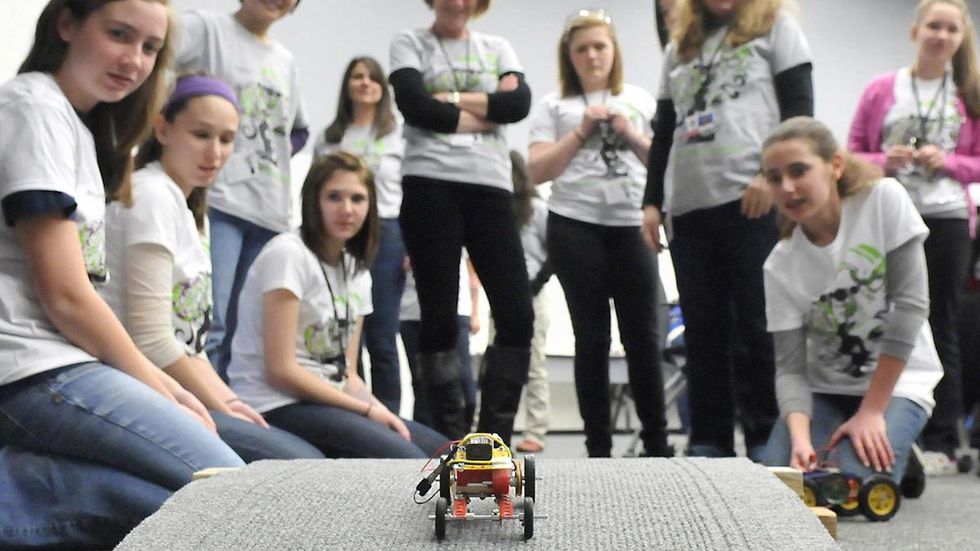All throughout high school, I have been told that I needed to make a decision about what I was going to do with my future, where I would be headed off to college, and what area of study I would pursue. As if that wasn’t enough pressure for teenagers, I have noticed that there are very different reactions for every major.
As a journalism major, I have grown used to the unenthusiastic reaction I’ve received when telling someone my major, in comparison to someone who is in STEM. A student in STEM will almost always receive praising comments over the work that comes with this focus and how much drive they must have. The reality is that there is a very real reason why many women decide not to pursue careers in technology, engineering, or science.
Last semester, I took a gender, race, and media class in which we discussed the root reason for the lack of women in these fields. The distinction between the two genders comes at a very early age. When children begin school, they establish gender expectations and the stereotypes that come along with this. For example, the toys that a child plays with already takes a role in shaping this child’s interest, whereas toys for little girls often have to do with household materials, fashion or anything that strays away from what may be considered masculine. Additionally, these toys often have a similar color scheme that further pushes the idea that certain things and colors are meant for boys while others are tailored for girls. Ultimately, it comes down to a feeling of not being welcomed into these careers.
The first step to making this change is raising awareness and being conscious of one's own bias.
As for myself, I’d like to say that I am genuinely interested in journalism and media studies and that I would have decided on this regardless of whether or not I was a woman or a man. However, having grown up as a female, I cannot for certain argue that my life would be what it is without the ways that inflictions of my gender have shaped me. We should teach our girls that they should pursue what they love, whether it falls into the liberal arts or STEM. If they choose the latter, they should not feel it makes them less feminine.
Change begins with educating the future generation, through setting examples that break grounds for gender stereotypes.
















